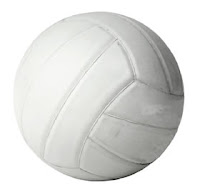6G:
Today, I hope you all enjoyed the story reading of

This story has beautiful pictures and a deep moral message.
Summary: In the village of the Algonquin tribe there was a huge wigwam were an invisible man lived. His sister said the only one who can marry him is the one who can see him. In this village was also a poor man who had three daughters, two had stone cold hearts. The two daughters would tease and make fun of the other daughter and called her Rough Face girl. Her hands, arms and face became burnt and scarred from the branches that popped and sparked because her sisters made her sit by the fire and feed the flames. The two mean sisters went to the invisible being’s wigwam were they were dressed in their finest clothes were they said they were to marry him. The invisible beings sister asked them “if you have seen my brother what is his bow made out of?” after not being able to answer the questions correctly, they went home. The Rough Face Girl asked her father for the same nice dress, moccasins and beads as the other sisters had and replied that he had nothing left but broken shells and old worn moccasins. She wanted to marry the invisible being. She made her own outfit complete with a bark dress, shell necklace and old shoes. After answering all the questions correctly. The invisible being was the beauty in nature his bow being the rainbow. The Rough Face Girl then baths in the lake and dressed in things that the invisible beings sister gives her. Once bathed in the lake her skin became smooth and hair became long and beautiful, just as her heart on the inside. And then they finally marry!





